Houghton Kinsman shares his view on the role of art journalism with ART AFRICA, speaking to some of Africa’s most influential arts writers about their understanding of the contribution that writing makes to artistic discourse and the responsibility that comes with it.
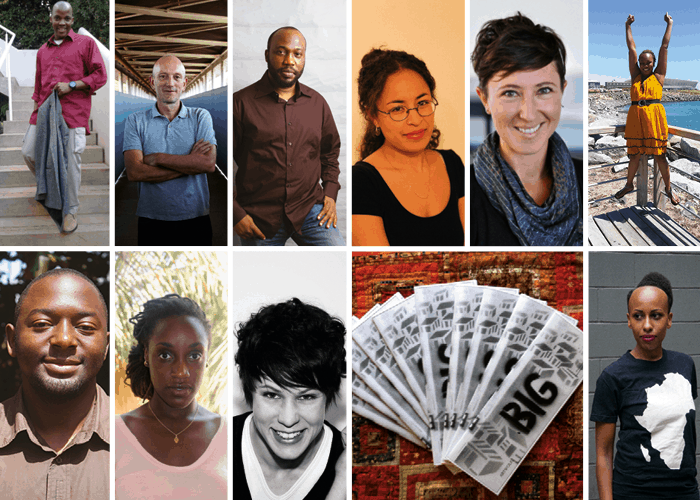
“Write while the heat is in you…
The writer who postpones the recording of his thoughts uses an iron which has cooled to burn a hole with.”
—Henry David Thoreau
Thoreau’s call to action points out the fact that the act of writing is in itself a privilege. The words give the writer a voice. This voice, which expounds the thoughts, observations and emotions of whoever wields the pen, ultimately becomes the sustenance on which the reader feeds. The writer, thus distinguished as the provider, is imbued with a sense of power. Afforded such a position, it is only natural that there be an ensuing responsibility – a feeling which Sean O’Toole reiterates. O’Toole writes of how he is guided by Ezra Pound and quotes the poet’s belief that, “Fundamental accuracy of statement is the one sole morality of writing.” Thinking of O’Toole – doing what he calls his “daily penance” with Pound’s conviction never straying far from his mind – I am reminded further of the responsibilities of those who choose to write about art.
Critics and art writers alike – whatever their intentions – are afforded an intimacy with artists and artworks reserved only for a privileged few. Along with curators, museum directors, dealers, artists; the art world at large, they form part of what Lawrence Alloway described in 1972, as a “communications network of greater efficiency.”1 At times – afforded the position
of intermediary; a go-between audience and artwork – it is necessary that the writer overcomes a myriad of negotiations between theory, objectivity, subjectivity, honesty and criticality. This process forms part of the responsibility inherent to arts writing. If approached insightfully and respectfully, this negotiation allows art writers and critics to, as Alloway says, “take the discussion in directions artists resist or have not thought of.”2 It is this process of negotiation and the subsequent ability to influence, that adds a further dimension of complexity to the writing process. Yet, it simultaneously marks each project with its own sense of urgency and fulfillment, whether or not it has reached its conclusion.
That said, in the current context of an ever-developing, highly multiplex situation like that of Africa, the need for critical art writing practices feels as urgent as ever. Consequently, an initial exploration into the culture of emerging art writers in South Africa, grew (albeit hesitantly3) to include other parts of Africa. As this is an ongoing project, I see it not as a comprehensive or definitive study. Rather it is a gradual discovery of platforms, networks and arts writers themselves, all of who are working
on the ground in their respective locales. By turning the discussion over to them, I hope that their voices will speak loudest4. This project is my acknowledgement of the importance of ensuring/highlighting the critical development of arts writing and arts writers on and connected to the African continent. Thus, we posed eleven writers – both young and established – each a specific question to get their thoughts on notions of practice, access, contribution and responsibility.
01. ANNA STIELAU
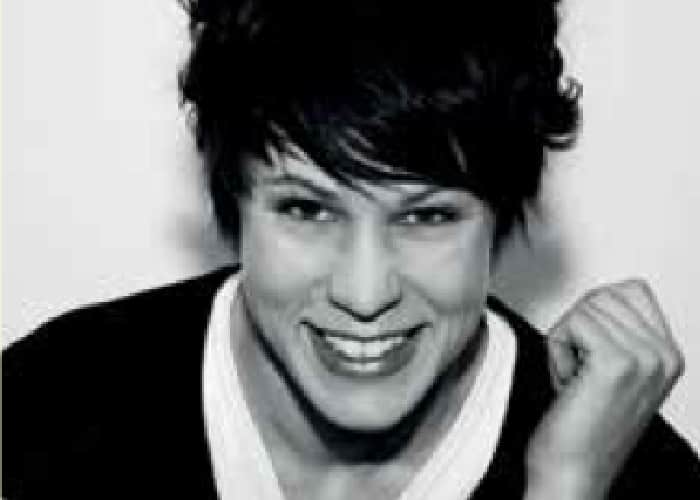
Anna Stielau (b. 1989, Pietermaritzburg) is a one- time artist, part-time writer and full-time student. Currently a MFA candidate at the University of Cape Town, she is a double gold medal winner in the National Arts Journalism awards.
How would you describe the experience of emerging as an arts writer?
First off, I’m uncomfortable with the word ‘emerging.’ I know it’s a bit pretentious to begin with a caveat but I believe it’s worth acknowledging the implications built into the language we use. ‘Emerging’ is all-too-frequently a term bestowed on younger people by older ones, and can feel patronising. You’re emerging (from what?) and then you emerge (to where?), as if everything that precedes commercial success is a sticky birth canal of sorts. The word also attempts to define a common path of experience, as if we all come to writing in similar ways and on similar terms as the products of some natural evolutionary process. That’s too tidy and linear. I consider writing to be an enormous privilege. To pursue it as a vocation is a choice, and that choice is a luxury. Like any creative pursuit, writing is risky. It’s rarely lucrative and opportunities are few and far between. You can’t be picky or precious, you mostly work hard for whomever will have you and scrape by. While that’s true for me too, I’ve been cushioned by a financial and emotional support system and afforded a consistently excellent (ongoing) education. I’ve been able to choose to write under better circumstances than most. While I’m grateful for the place in which I find myself – I love writing and feel strongly about the work that I do – I know that my experience is the exception both in my country and on the continent at large.
02. AMIE SOUDIEN
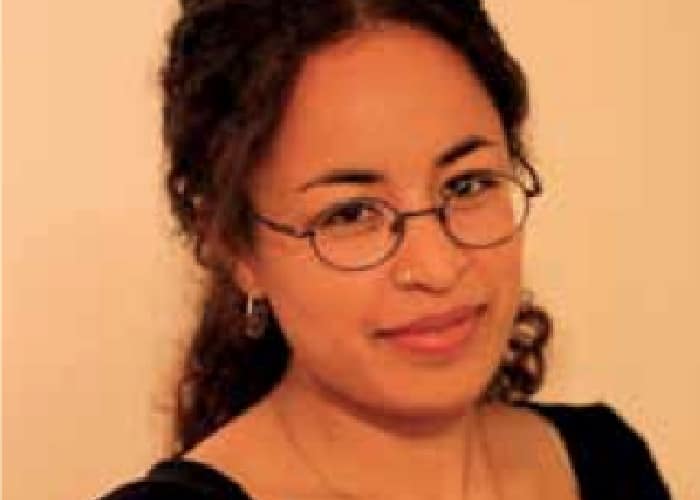
Amie Soudien was born in Cape Town, and received her BFA from Michaelis School of Fine Art in Cape Town. She currently lives in Chicago where she is studying towards an MA in New Arts Journalism from the School of the Art Institute of Chicago.
Do you feel your decision to move abroad for your masters – as opposed to completing it somewhere in Africa – was necessary to develop your writing further? Why?
I don’t think I needed to move abroad to develop my writing – that would not do justice to the writing programs available in South Africa. However, it was a unique opportunity at a well-respected school. I chose the School of the Art Institute Chicago specifically because it was a writing and journalism program in an art school. My decision to move away was based mostly on a hope for a change of scene, and to experience a different academic environment.
03. SERUBIRI MOSES
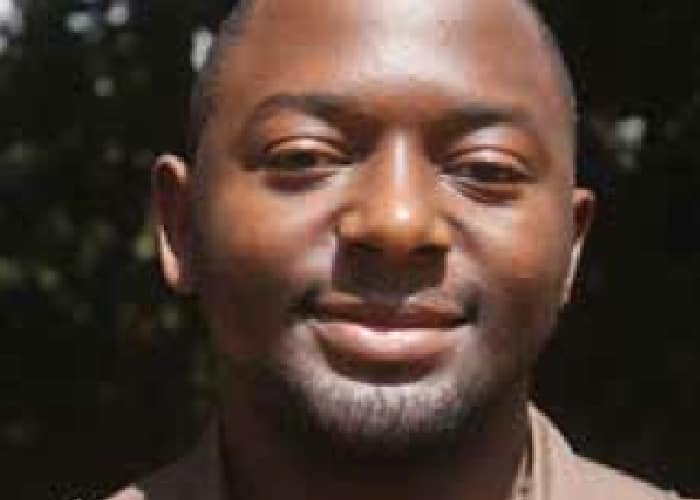
Serubiri Moses is an independent art critic, scholar and curator. He has contributed to Africa is a Country, Contemporary And (C&), START Journal, The New Vision and Another Africa. He has recently curated panel discussions, exhibitions and publications in East Africa.
In your article Which Art history in Africa for Africa is a Country, you raise a pertinent point about how our encounters with art from Africa are shaped by “a trajectory of Western philosophical discourse.” Bearing in mind that you are an art writer, and in many ways have a role in shaping these encounters, how have you chosen to view or address this situation?
My response is to work through both critical thought and curatorial research. These are two aspects that may be missing from current art writing within East Africa, and I suspect from Africa in general. By ‘critical thinking,’ I refer to investigating various cultural phenomena within contemporary society and the question of political culture, or as Ugandan historian Pamela Phanakwa calls it, ‘politicised culture.’ As we try to articulate the artistic work we see in galleries, studios, theatres, television, Internet and performance stages, do we also attempt to understand the political cultures of the various countries in Africa?
I am learning that there is a very real connection between policies and political strategies (such as neoliberalism, globalisation, militarised nationalism, war and capitalism) and the making of art and exhibitions, the teaching of art, the conditions in which artists work, the public perceptions of art and the development of artistic practice. Contrary to romantic and widespread thinking that visual and performance artists are isolated from civil society, their lives are raptured by real cultural and political phenomena.
My art writing has gone from focusing only on one artist’s oeuvre to how art is made in difficult economic and socio-historical conditions; from the art academy to the neoliberal systems that support the idea of African art; from trends within the art market to establishing a historical timeline of art exhibitions in Uganda over the last 30 years; from Western philosophical inquiry to the colonial imaginary in modern Uganda.
04. SEAN O’TOOLE
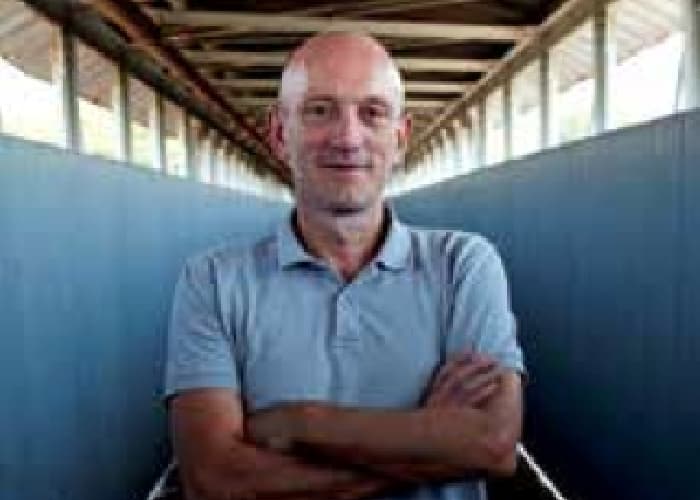
Sean O’Toole is an author, critic, journalist and editor based in Cape Town. His cultural journalism and reviews have appeared in numerous publications, including Artforum, Frieze, Harvard Design Review, Mail & Guardian and Sunday TIMES (South Africa), for whom he also wrote a popular photographic column (2004-10). He is a founding editor of Cityscapes, a magazine for urban enquiry published by the African Centre for Cities and a contributing editor to the Berlin-based platform Contemporary And (C&). He is a past editor of Art South Africa.
With many inaccuracies and misconceptions about artistic practice emanating from Africa, do you feel there is a greater responsibility required when writing about this subject? Why?
Sean O’Toole: All writing, if one is to be honest to what it means to write, entails responsibility. A writer’s particular geography does not increase or lessen that responsibility. Here, I am guided by the poet and unlikable madman Ezra Pound, whose grave I visited in Venice: “Fundamental accuracy of statement is the one sole morality of writing.” I wrote his words out in my own hand once; they still sit on a pedestal above the place where I do near- daily penance in front of an electrified screen. What is an accurate statement? I’m sure there is an objective journalistic measure. But what do I think it means? Something to do with paying close attention to the fine grain of things: their sensory qualities (colours, smells, sounds) as much as their social life (the history and theory thatframes, here, visual things). Negotiating that fine grain necessarily involves observation, reading and conversation. It also means, I have come to learn, ignoring the stampede of online opinion, the lynch mobs with their ‘likes’ and ‘comments,’ and getting out there. The reward is a world of hard objects, strange food, birdcalls and human encounters. Well, that and so much more.
05. KHEHLA MAKGATO
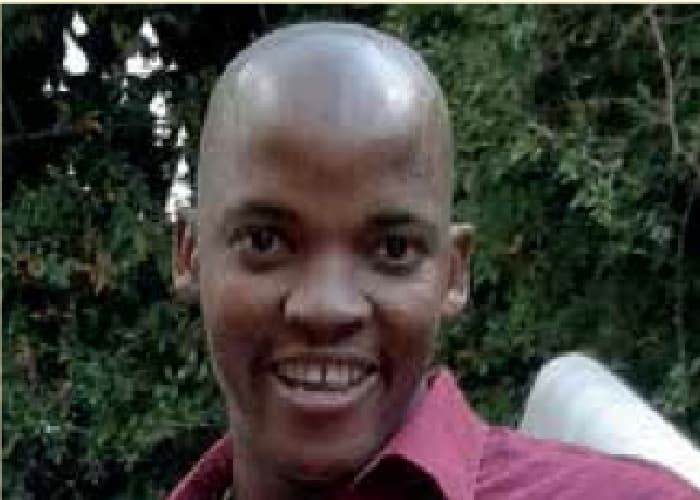
Khehla Makgato is an independent writer in South Africa. His writing has appeared in exhibition catalogues and most recently ART AFRICA.
In light of your background as an educator and in teaching the fundamental skill of reading, do you feel that your work as an arts writer is educational? Why and how?
Khehla Chepape Makgato: I suppose that I have the obligation to express my opinions on art with the opportunity to stir debate on arts-related topics. I think, like any other form of creative work, my writing is educational. This is because my opinions and perspectives add to public discourse concerning art, politics and culture. Many people read my art writing and comment that, while they’re not into politics in general, my reviews have made them interested in the politics of our country. It is necessary to write about artworks, not only for documentation and archival purposes, but also to help people learn how to approach a work of art, to better understand and appreciate it.
06. ARTWOLFE ZINE
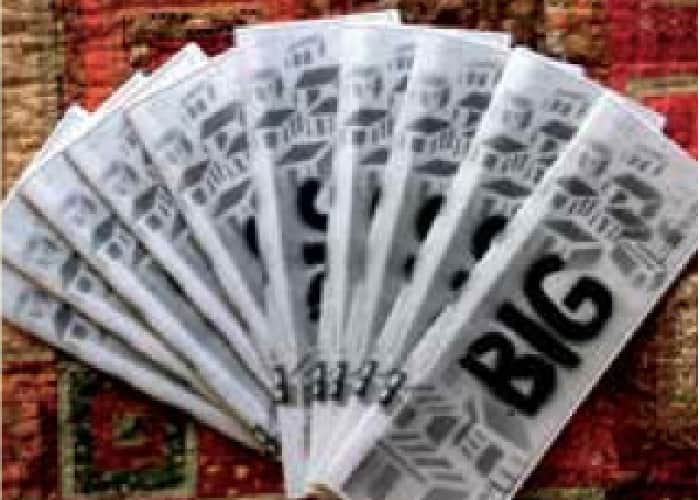
Artwolfe Zine is a Namibian online and print publication initiated in September 2014 by Helen Harris, Kathryn Muller and Nicola van Straaten. Artwolfe Zine was created out of a desire to build a platform for discussion about art and performance in the region.
Your open submissions policy allows you to work with writers of various competencies. Throughout this process, how do you ensure Artwolfe Zine’s criticality, whilst allowing writers to develop their craft?
One of our main objectives is for our readers and contributing writers to feel a sense of ownership over Artwolfe Zine. We want a broad range of readers to feel comfortable reading the publication or submitting articles to us. However, there is very little writing about Namibian art in print, so we work in relatively uncharted territory and are learning as we go – along with our writers and readers. We do our best to work with the writers on their submissions, developing material through a collaborative editing process that considers their ideas and use of language. We’ve found that an open submissions policy does not compromise the Zine’s criticality in so far as the content remains relevant to Namibians. We like to think of Artwolfe Zine as an art object through which people can share insights and perspectives about what Namibian artists are doing. This year, we organised a series of workshops called ‘Writer’s Room’ in collaboration with
the Namibian theatre corporation, Black Tree Productions. The intention of these workshops was to facilitate a space where aspiring writers could bring their work and hone their craft through discussion.
07. LAYLA LEIMAN
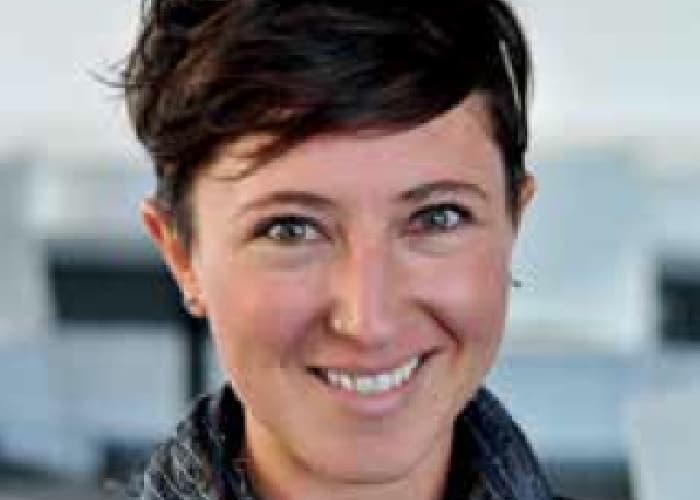
Layla Leiman is a Johannesburg-based independent writer. She contributes arts, design, fashion and other writing monthly to the creative showcase site Between 10and5. Her writing has also been published in the inaugural Dance Umbrella Festival Gazette, The Star, Sunday Independent, Mail & Guardian and other online culture blogs.
Do you think your work – writing about South African artists – has contributed to a dialogue with artistic production in the rest of Africa?
Layla Leiman: My choice to write about South African art and art practitioners is not necessarily a deliberate one, insofar as I live in South Africa and am interested in art. I generally like to write about things I can actually see, experience and engage with. Over the past few years, I’ve had the privilege of working with many talented South African artists, and the pleasure of promoting their work through the content that I create. I can’t say exactly who reads this content, what they might glean from it nor the dialogues it may provoke. But, of course, it would be great if what I’m doing here did filter through to other countries and prompted interaction between South African and international artists. It is through communication and exposure to other
forms of art that art grows. The Internet has opened up new avenues for information sharing and allowed transnational dialogues to take place. However, one must be wary of taking too simplistic a view. Someone, somewhere in the world, reading an article that you wrote and maybe even clicking a ‘share’ or ‘like’ button, doesn’t really constitute a dialogue. While I enjoy reading and learning about creative work being produced in other parts of the continent, my writing is located in and focused on the South African creative sector, so I don’t profess to know details about artistic production in different countries in Africa. I remain mindful that Africa is a vast, nuanced and constantly shifting geo-cognitive space. To try and sum up ‘Africa’ in any one sense would be a failure of both understanding and imagination.
08. BILLIE ADWOA MCTERNAN
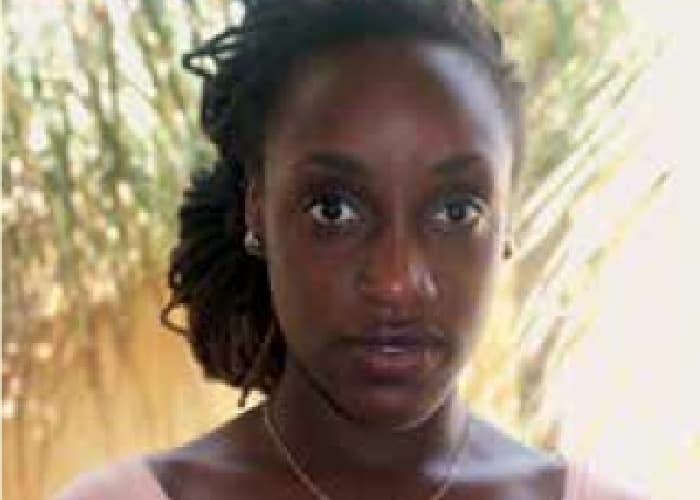
Billie Adwoa McTernan is a writer and editor. She covers cultural and political affairs across Africa, with a particular focus on Ghana and West Africa.
Reading your article Treasures of Accra’s Growing Art Scene, I considered the role of the arts writer in creating awareness, developing momentum and fostering longevity for an art scene. Aware that all these actions require input from various groups, how critical do you think the contributions of art writers are?
Writing about the arts is critical. If all this wonderful work is created and there is no one to document and share it, then how would the immediate community – let alone the wider world – ever know about it? Art writers are the cheerleaders of the arts. In order for this current momentum to continue, we should know whom we are writing for and why we are writing. While there is a space for everyone, ultimately it is the writers (writing about the art worlds and communities that they move in) that will inspire the people in those communities and grow the ‘scene.’ We also have a responsibility to make our writing accessible in the same way that art should be. It is up to the writer to decide whether that means utilising alternate ways of publishing, such as social media as opposed to traditional media. Art writers should inspire and trigger reflection and debate. Writing, like the art itself, shouldn’t be reserved for elite observers.
09. IJEOMA LOREN UCHE-OKEKE
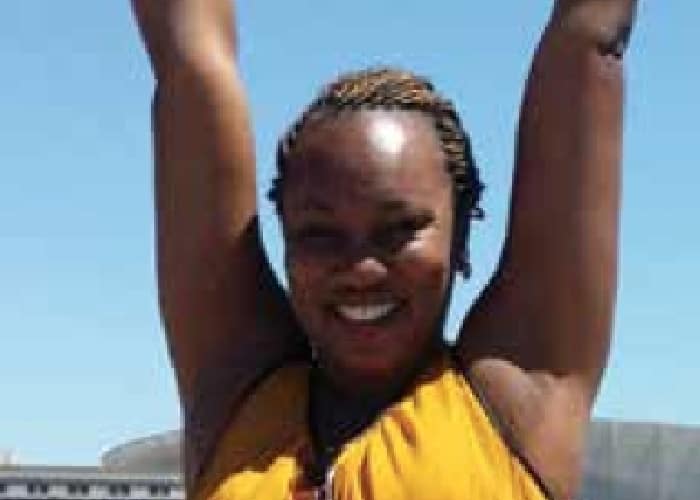
Ijeoma Loren Uche-Okeke is Omenka magazine’s Johannesburg Editor. She worked for over 3 years as the arts projects manager at Gallery MOMO in Johannesburg and has over ten years of professional experience in the arts and culture sector as an administrator, curator and facilitator, having worked actively as an arts and culture manager in both the creative and performing arts sectors in Nigeria, and more recently in South Africa.
In a previous interview with ARTsouthAFRICA you acknowledge that a new trans-national dialogue around African art would be beneficial in helping ensure the development of various discourses on the continent. How important is critical writing discourse (around what is happening in these art locales) to fostering this transnational dialogue?
A critical writing discourse is a very important tool in understanding what is happening in the various regional creative sectors across the African continent and, most importantly, for stimulating and fostering transnational dialogue. Since mobility within the region is expensive and sometimes challenging, it is crucial to leverage platforms that provide information and support critical engagement. A key challenge in this regard is sustaining transnational engagement at multiple levels –given the lack of infrastructural, systemic and meaningful governmental support for arts and culturein many regions within Africa. It is in our interest to find creative ways to bridge these gaps and a good example of a cost-effective approach is the Boda-Boda Lounge Project, run in 2014 by the Pan-African Network of Independent Contemporaneity (PAN!C) and initiated by the Visual Arts Network of South Africa (VANSA) and Picha Lubumbashi.
The videonale was run (on a very low budget) with screenings and related specific events in twelve venues across Africa. A publication, with contributions from all participating venues, has also been developed out of this project. Building and sustaining these kinds of discourse- generating transregional networks and projects is key to fostering and developing a critical mass of writing, as well as to improving our understanding of practice and creative output within our continent. It is becoming increasingly crucial that we focus our gaze inward. This would enable us, collectively as a continent, to self- reflect, to strengthen the foundation of our creative (re)sources and to understand our place in the broader global fabric, allowing us to confidently step into and recognise our immense contribution as a continent both creatively and intellectually. This all comes with the responsibility of accepting that there is still work to be done to reach our goal – collectively, not individually.
10. MISSLA LIBSEKAL

Missla Libsekal (b. Addis Ababa, Ethiopia) isan independent publisher, cultural producer and writer based in Vancouver. She is the founder and editor of online platform anotherafrica.net – a journal established in 2010 and dedicated to contemporary art and design practice from Africa and its diasporas. “The arts are not a first world luxury, Another Africa is intended to be a constant reminder of this.” Libsekal has also written for a variety of print and digital publications including The Africa Report, The Guardian UK, SAVVY art journal and Modern Weekly.
How important do you think online or digital publishing is (or will be) as a platform for writing about artistic production in countries across Africa?
Missla Libsekal: Eduoard Glissant has this idea of mondialité, or ‘globality,’ which is about specificity, locality and difference. It is also about the ‘common’ – which I think that the Internet provides, in the sense that it’s a common activity wherever you are, yet it also allows for specificity. However, local contexts and local conditions deserve local means. There is the reality that throughout the continent, there are different conditions of networked connectivity, for instance there are places where bandwidth is simply not available. This means that the content is just not reaching audiences. So, I think that rather than one or the other, it’s a combination of different types of media, whether that be audio (in some type of podcast or radio), to printed or digital newspaper.
11. OLIVER ENWONWU
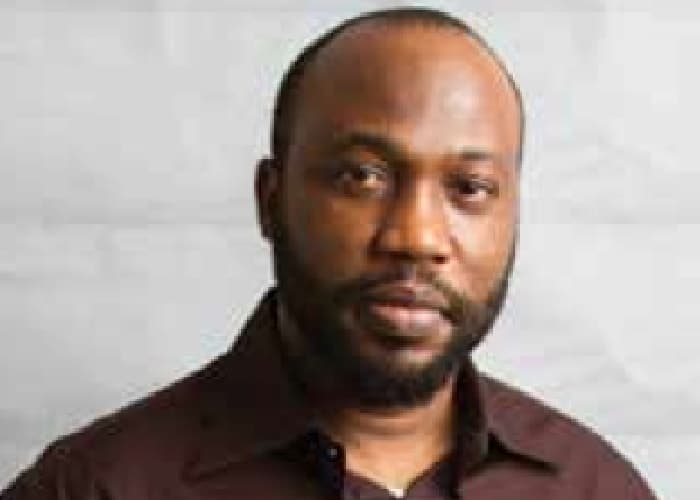
Oliver Enwonwu is an artist, curator, artadministrator, and brand strategist. He is also the director of Omenka Gallery and founder/editor, Omenka, Africa’s first art, business and luxury- lifestyle magazine. He writes regularly on art and investment for several important publications including the Vanguard newspaper, as well as speaks, moderates and participates in public events and discussions.
As interest in Africa’s art scenes grow, how have you (in establishing and growing Omenka magazine) managed to balance the act of broadening your audience without compromising the magazine’s criticality?
As part of our approach to broaden our audience, Omenka was established not as a regional magazine, but as one with an expanded focus that includes not only Africa, but also its related diasporas. In addition, our inter- disciplinary approach embraces the increasing blurring of boundaries between disciplines in the creative arts to include architecture and design, which results from the expression of identical concepts and related ideas. In this regard, in-depth interviews with key experts including curators and collectors, as well as studio visits with artists in these related genres are featured without compromising its criticality. As art is inextricably linked with wealth, another strategy is the inclusion of a small section on luxury-lifestyle. This is targeted at building art appreciation among newer audiences.
These developments have resulted in an increase of our pages from eighty to one hundred and ninety-six for an African-based magazine focusing on art. Consequently, we are able to provide even more pages of critical and thought-provoking content to our audience. In line with our focus to keep abreast of not only contemporary developments, but also attract even broader audiences, Omenka includes an extensive Market File section, which provides in- depth evaluation of the emerging African market. This section also profiles the dealers, auctioneers and patrons who define emerging trends, and features Dossier, which is an analysis of previous records of a reputed artist’s work as well as estimations of future values.
FOOTNOTES:
1. Lawrence Alloway, ‘Network: The Art World described as a System,’ Artforum, September 1972.
2. Ibid.
3. Hesitant because I recognise the limitations in my access to resources, travel, communication and a comprehensive network; but also because in no way, shape or form could I attempt to do justice to the continent in its entirety.
4. After all, a responsible writer has the ability to challenge general misconceptions and make significant contributions to the direction of discourse.
Houghton Kinsman is based in Miami and Cape Town and worked as the assistant to the Curator of Education at MOCA Miami. His works have appeared in Highsnobiety magazine, Between 10 & 5 and Another Africa.



